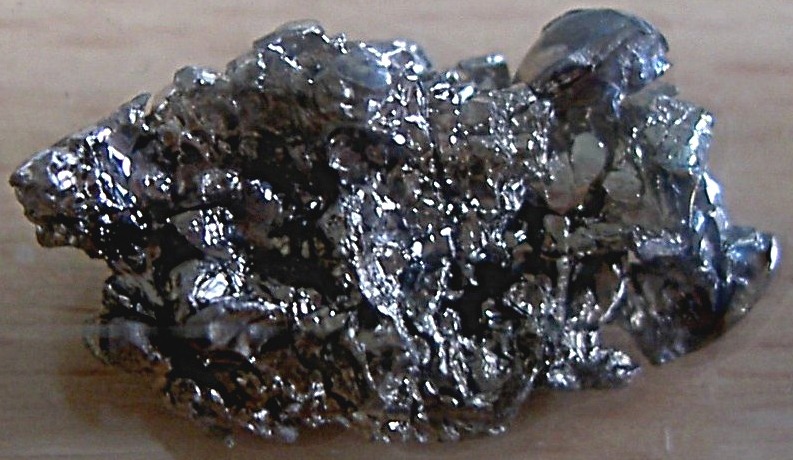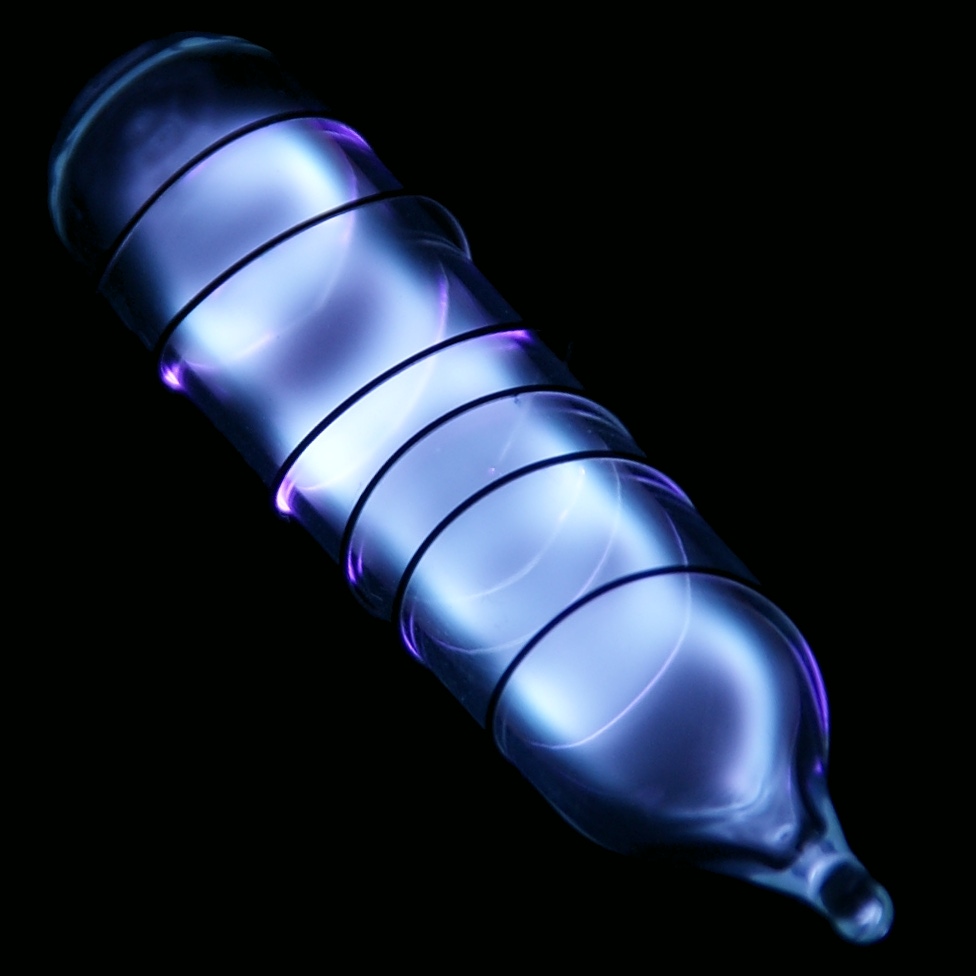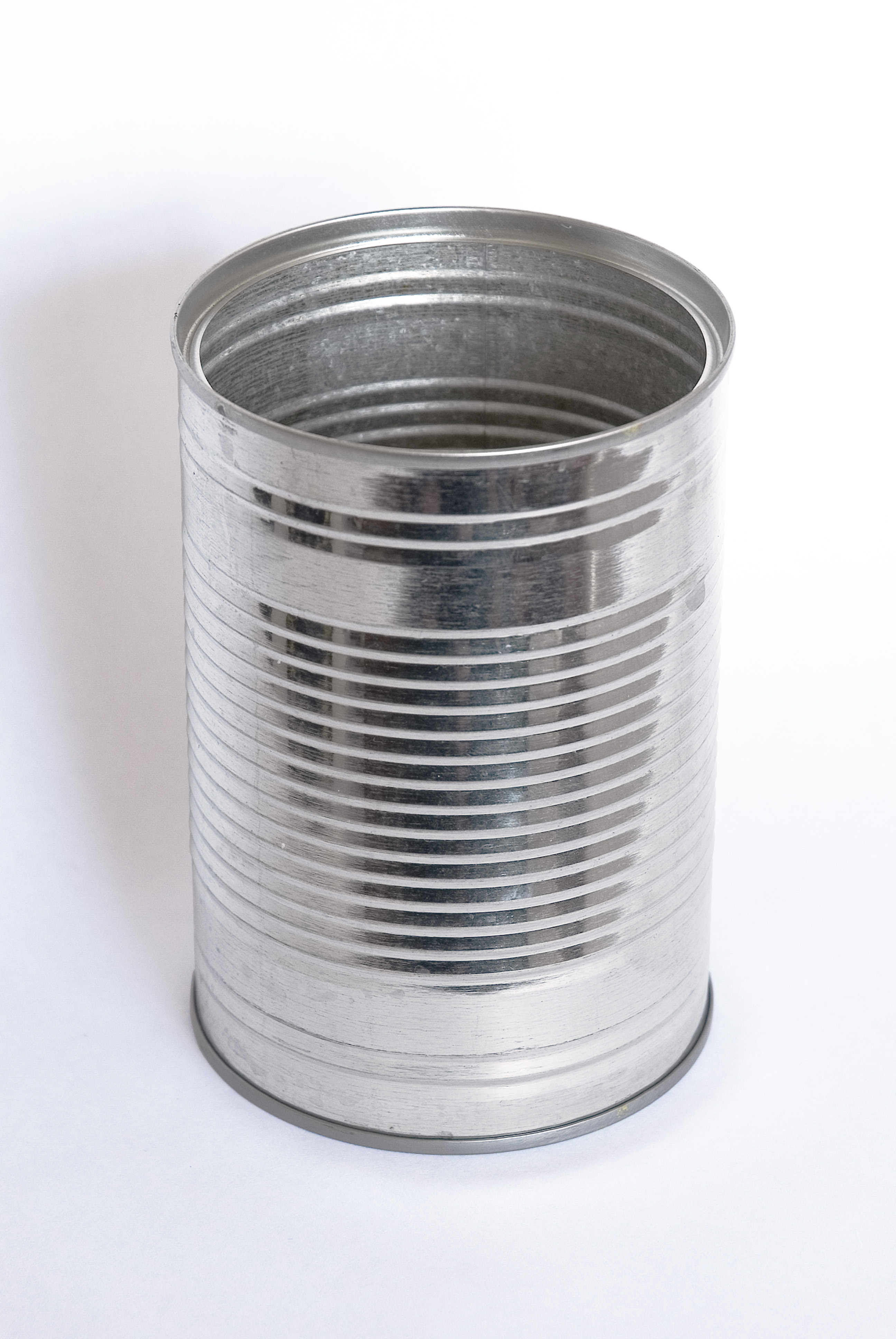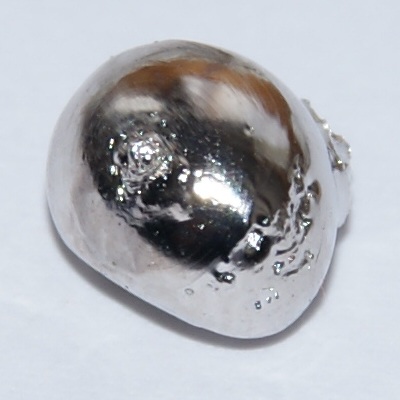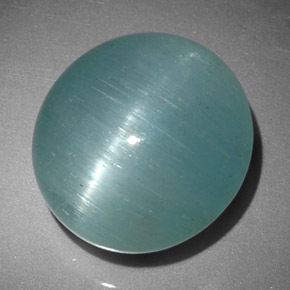 Praseodymium (or PR, as I will call it in this post) is the 59th element in the table of elements and the 3rd in the lanthanide elements table. It was discovered by Baron Carl Auer Von Welsbach in 1885. It is derived from the Greek word that mean "green twin".
Praseodymium (or PR, as I will call it in this post) is the 59th element in the table of elements and the 3rd in the lanthanide elements table. It was discovered by Baron Carl Auer Von Welsbach in 1885. It is derived from the Greek word that mean "green twin".It does not occur free in nature; instead it is derived from plutonium by bombarding it with alpha particles. PR has been studied greatly to see if it would make a good fuel for a generator, and it is still being studied today.
PR is used in:
- Aircraft engines
- Motion picture industry (studio and projector lighting)
- Coloring in glasses and enamels
- Color cubic zirconia to simulate peridot
- Welder and glass blower goggles


